If you're planning on building a new home or upgrading your existing sewage system, you'll need to consider installing a septic system. Septic systems are an essential part of many residential properties, and they play a crucial role in managing household wastewater. However, septic system installation can be a complicated and overwhelming process, especially if you don't know where to start. That's why we've created the ultimate guide to septic system installation – to help you navigate through the process with ease. In this guide, we'll cover everything you need to know about septic systems, from the different types of systems available to the installation process and maintenance tips. Whether you're a homeowner, contractor, or simply curious about septic systems, this guide is for you. So, sit back, relax, and let's dive into the world of septic system installation.
Understanding septic systems: what they are and how they work
Septic systems are underground wastewater treatment structures that are used in areas without centralized sewer systems.
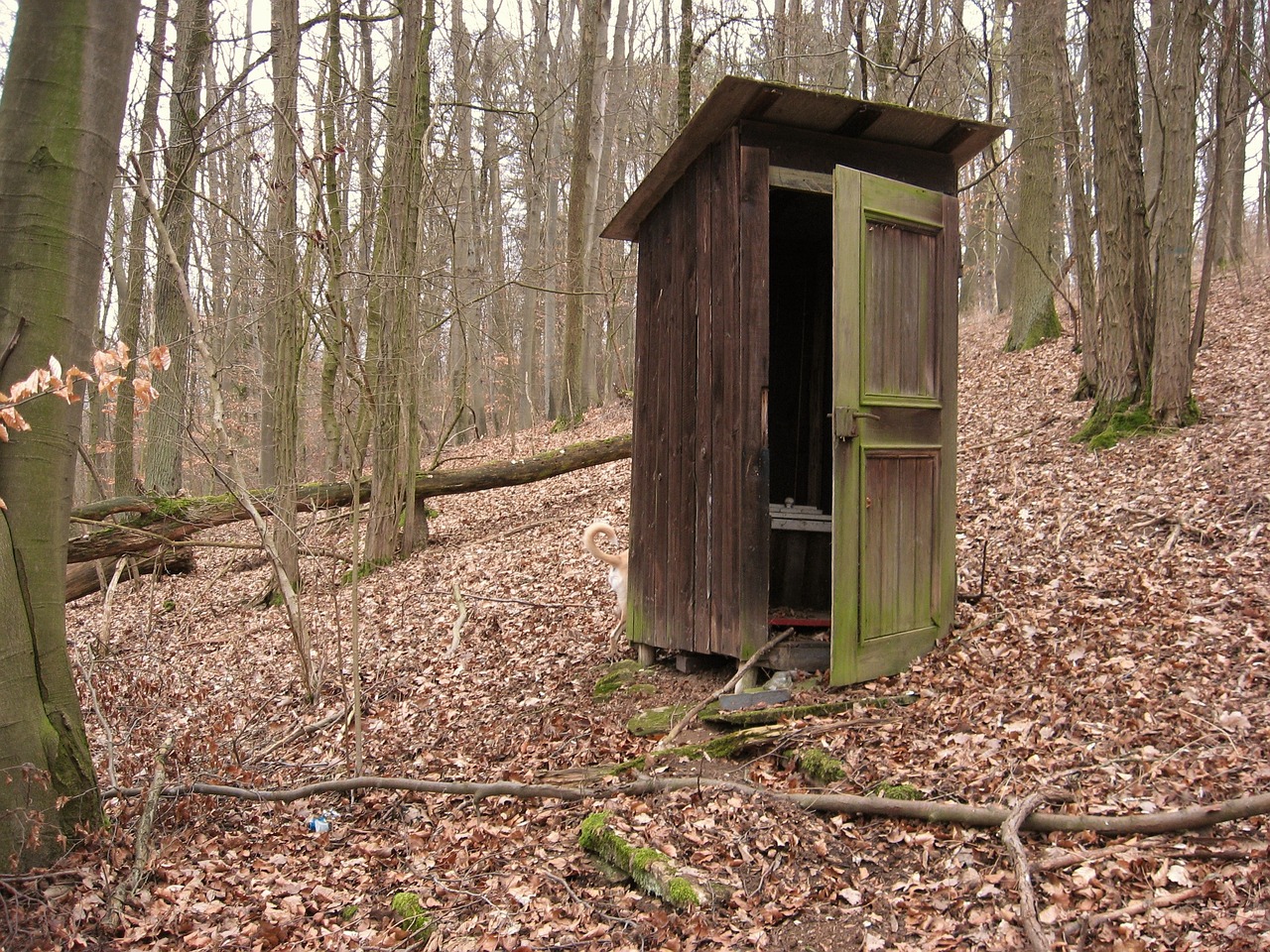
These systems are commonly used in rural areas, where the distance between homes is too great to justify the cost of installing sewer pipes. Septic systems are also used in areas where the terrain is too difficult for conventional sewer systems to be installed.
A septic system consists of two main components: a septic tank and a drain field. When wastewater enters the septic tank, it separates into three layers. The bottom layer consists of heavy solids, which settle to the bottom of the tank and form a layer of sludge. The middle layer consists of water and lighter solids, which form a layer of effluent. The top layer consists of grease and scum, which float to the top of the tank.
The effluent is then discharged into the drain field, where it is treated by the soil. The drain field consists of a series of perforated pipes that are buried in trenches filled with gravel.

The effluent is dispersed into the gravel, where it is treated by microorganisms in the soil. The treated effluent then enters the groundwater system.
Septic systems are designed to be self-sustaining and require little maintenance. However, regular maintenance is required to ensure that the system is working properly.
Types of septic systems: conventional vs. alternative systems
There are two main types of septic systems: conventional systems and alternative systems. Conventional systems are the most common type of septic system and consist of a septic tank and drain field. Alternative systems are used in areas where conventional systems cannot be installed, such as areas with high groundwater levels or poor soil conditions.
Conventional systems consist of a septic tank and drain field. The tank is typically made of concrete, fiberglass, or plastic and is buried underground. The tank is designed to hold wastewater for a period of time, allowing solids to settle to the bottom and effluent to rise to the top.

The effluent is then discharged into the drain field, where it is treated by the soil.
Alternative systems are designed to be used in areas where conventional systems cannot be installed. These systems include sand filters, aerobic treatment units, and mound systems. Sand filters are used in areas with high groundwater levels, while aerobic treatment units are used in areas with poor soil conditions. Mound systems are used in areas with shallow soil or high groundwater levels.
Factors to consider before installing a septic system
Before installing a septic system, there are several factors that you need to consider. These factors include the size and location of your property, the number of bedrooms in your home, and the soil conditions in your area.
The size of your property will determine the size of your septic system.
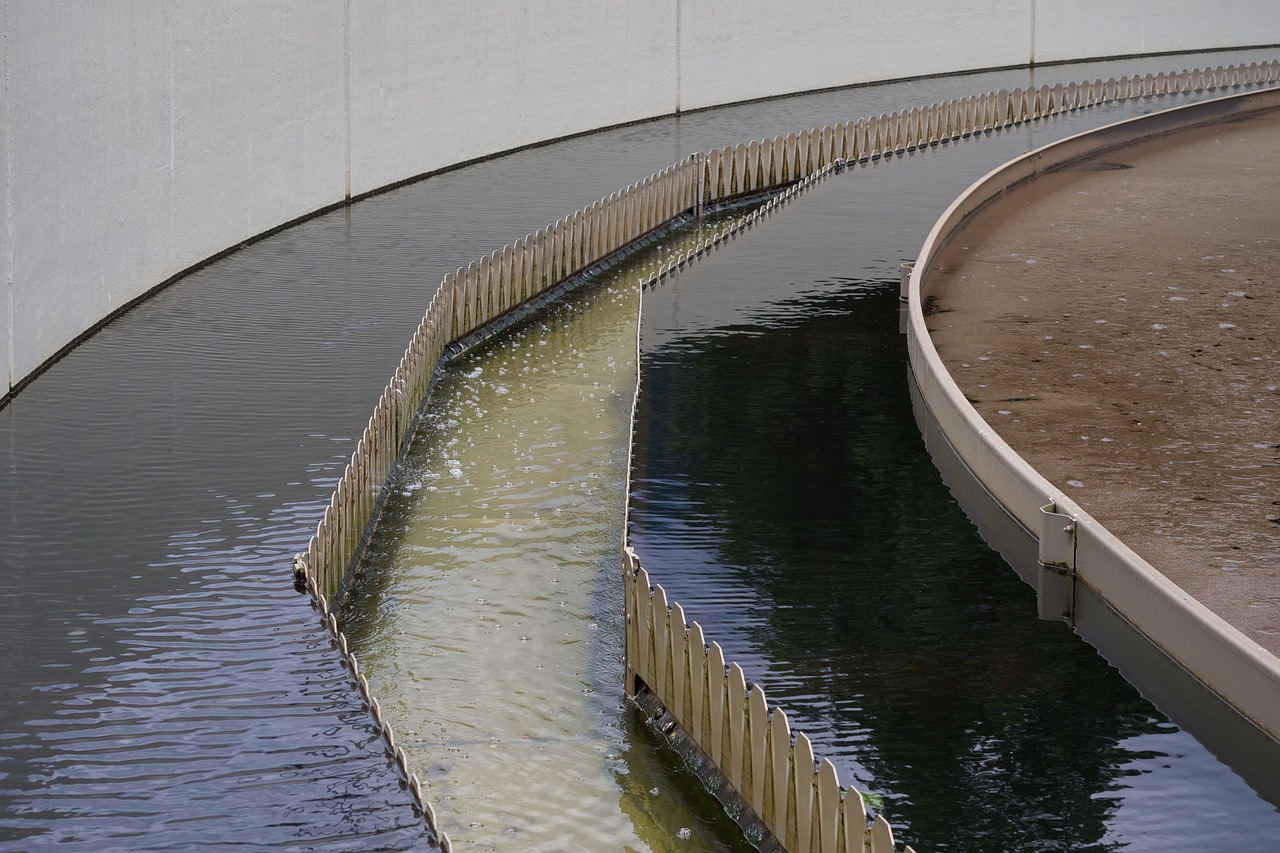
The larger your property, the larger your septic system will need to be. The number of bedrooms in your home will also determine the size of your septic system, as more bedrooms mean more wastewater.
The soil conditions in your area will also determine the type of septic system that you can install. If your soil is too sandy or too clayey, you may need to install an alternative septic system.
Choosing the right location for your septic system
is crucial to its proper functioning. The location of your septic system should be based on several factors, including the size of your property, the soil conditions in your area, and the proximity of your septic system to wells, surface water sources, and other buildings.
Your septic system should be located at least 100 feet away from wells and surface water sources.
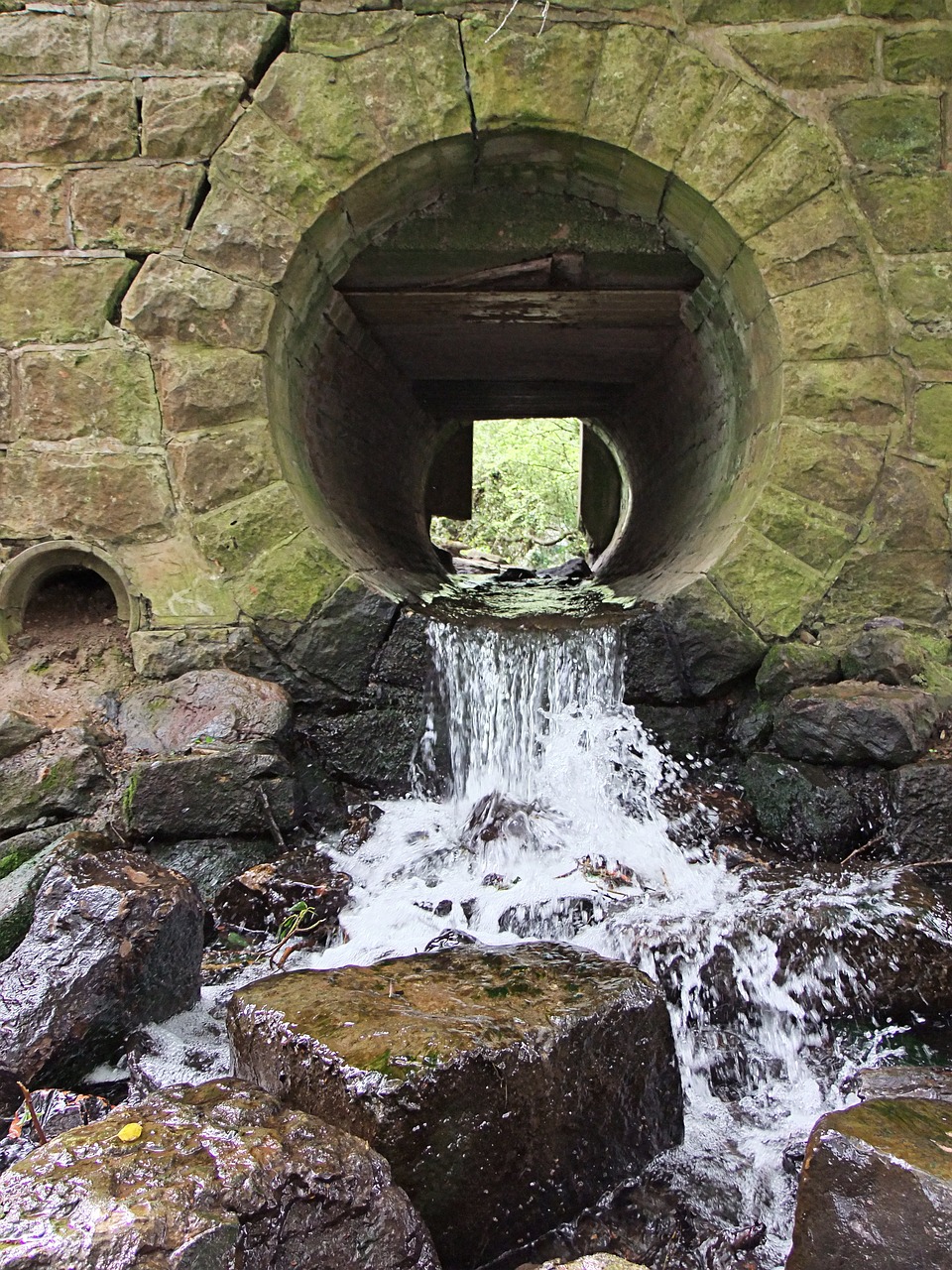
Your septic system should also be located at least 10 feet away from your home and other buildings.
Septic system installation process: step-by-step guide
The septic system installation process can be broken down into several steps. These steps include obtaining the necessary permits, designing the system, excavating the site, installing the septic tank and drain field, and testing the system.
The first step in the septic system installation process is to obtain the necessary permits. You will need to obtain a permit from your local health department before you can begin installing your septic system.
The next step is to design your septic system. Your septic system will need to be designed based on the size of your property, the number of bedrooms in your home, and the soil conditions in your area. Your septic system will also need to be designed to meet local regulations and codes.
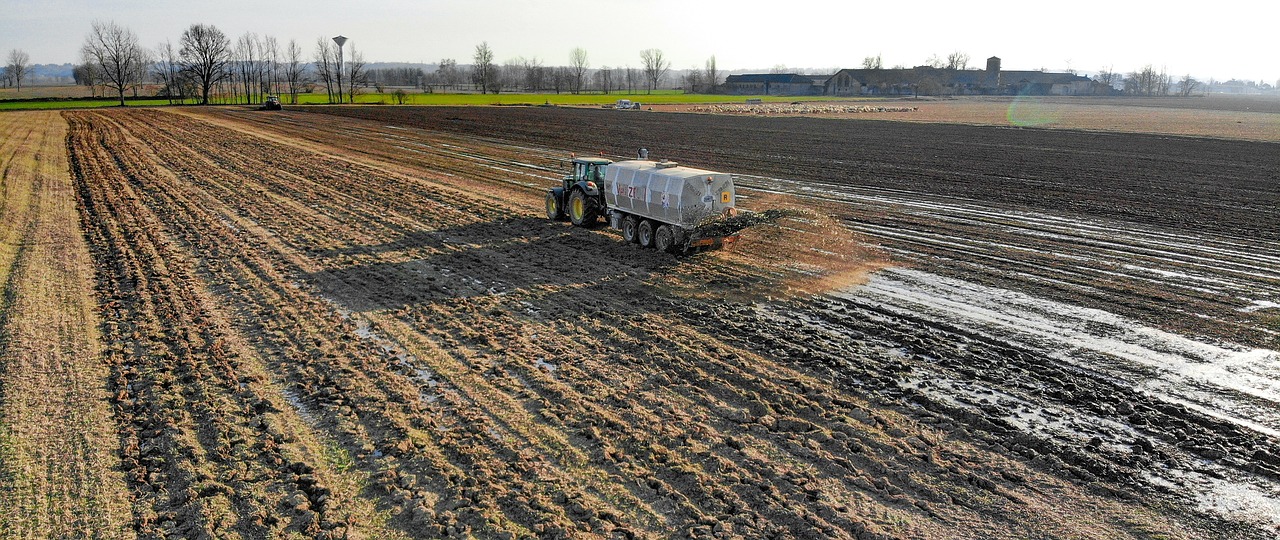
Once your septic system has been designed, the next step is to excavate the site. The site will need to be excavated to the appropriate depth and size to accommodate your septic tank and drain field.
After the site has been excavated, the septic tank and drain field can be installed. The tank will need to be installed first, followed by the drain field.
The final step in the septic system installation process is to test the system. The system will need to be tested to ensure that it is working properly and to identify any potential problems.
Conclusion
In conclusion, installing a septic system can be a complicated and overwhelming process. However, with the right knowledge and guidance, you can navigate through the process with ease. In this guide, we've covered everything you need to know about septic systems, from the different types of systems available to the installation process and maintenance tips.
Are you planning on building a new home or upgrading your existing sewage system?
Gonzalez and Son Excavators can help you with your septic system installation process in Cambridge or Hoosick Falls, NY area or nearby Arlington and Bennington, VT. With years of experience in the industry, our team of experts will guide you through the entire process, from obtaining the necessary permits to testing the system.
We offer conventional and alternative systems and will work with you to determine the best option for your property. Don't let septic system installation overwhelm you – let Gonzalez and Son Excavators handle it for you.
Contact us today to learn more about our services and schedule a consultation.
 Add Row
Add Row  Add
Add 

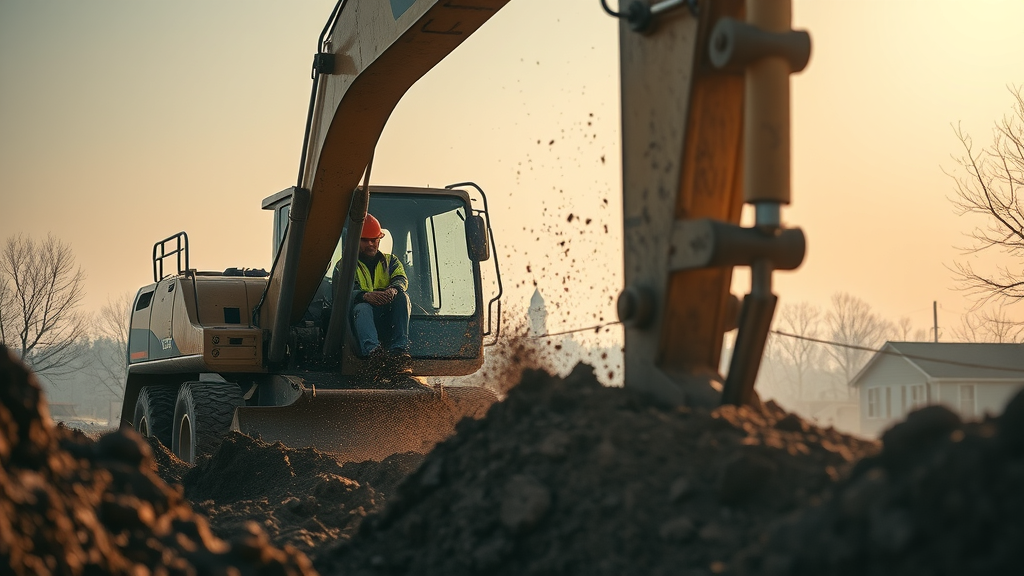

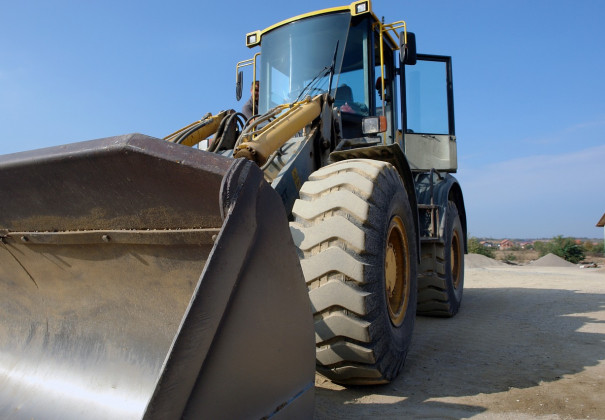
Write A Comment